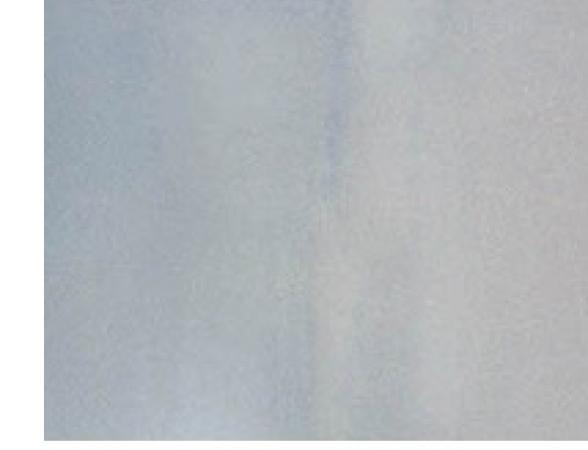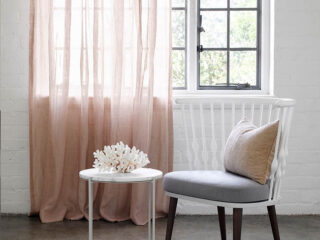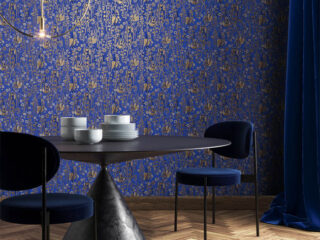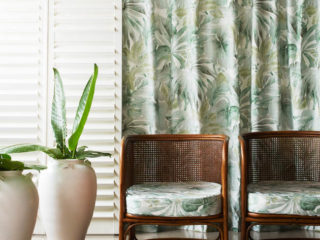Lapping

Appearance of a denser colour or increased gloss where wet and dry layers overlap during paint application.
Possible Cause
- Failure to maintain a "wet edge" when painting.
- Use of low solids "economy" paint.
Solution
Maintain a wet edge when painting by applying paint towards the unpainted area and then back into the just-painted surface. This technique (brushing or rolling from wet to dry rather than vice versa) will produce a smooth, uniform appearance. It is also wise to work in manageable size areas and plan for interruptions at a natural break, such as a window, door or corner. Using a top quality water-based paint makes it easier to avoid lapping problems because higher solids (pigments and binder) content makes lapped areas less noticeable. If substrate is very porous, it may need a primer/sealer to prevent paint from drying too quickly, reducing wet edge time and therefore making lapped areas noticeable. Solvent-based paints generally have superior wet edge properties, and therefore less lapping.
Images courtesy of the Paint Quality Institute from Dow Coating Materials
FREE in-home measure and quote!
Book a FREE in-home measure and quote* for curtains, blinds and shutters! Read more

Choosing the right fabric for your curtains
Practical and stylish, new drapes can elevate the style of a room while ...

What is new? These stunning wallpapers!
Wallpaper remains one of the easiest and most satisfying ways to introdu...

Where to start your interior design DIY
If you have decided to DIY your interior design, it can be overwhelming ...

Six traditional fabric themes with a modern twist
Curtains are the finishing touch to any interior design scheme. ...
